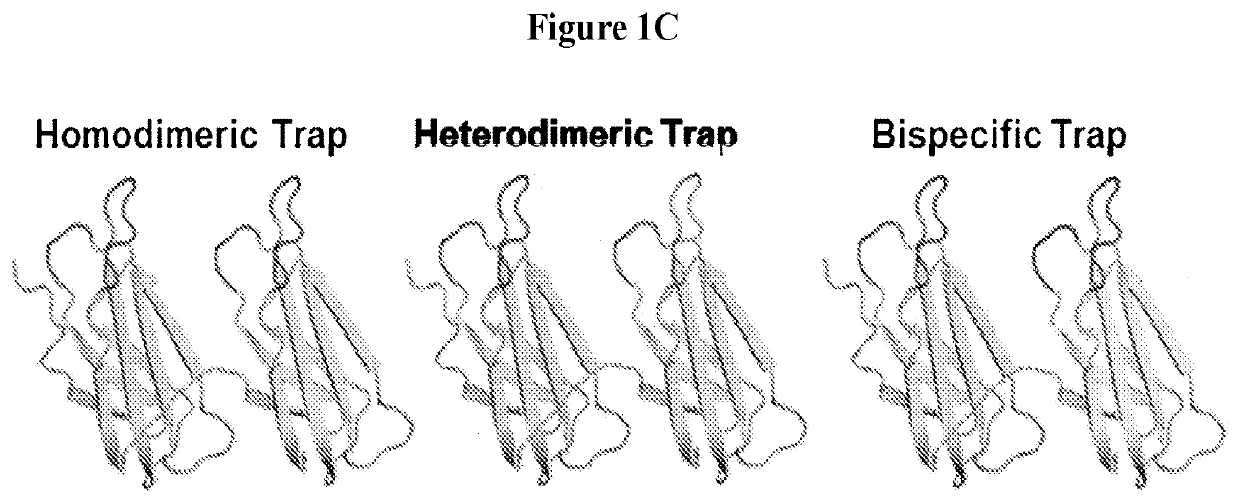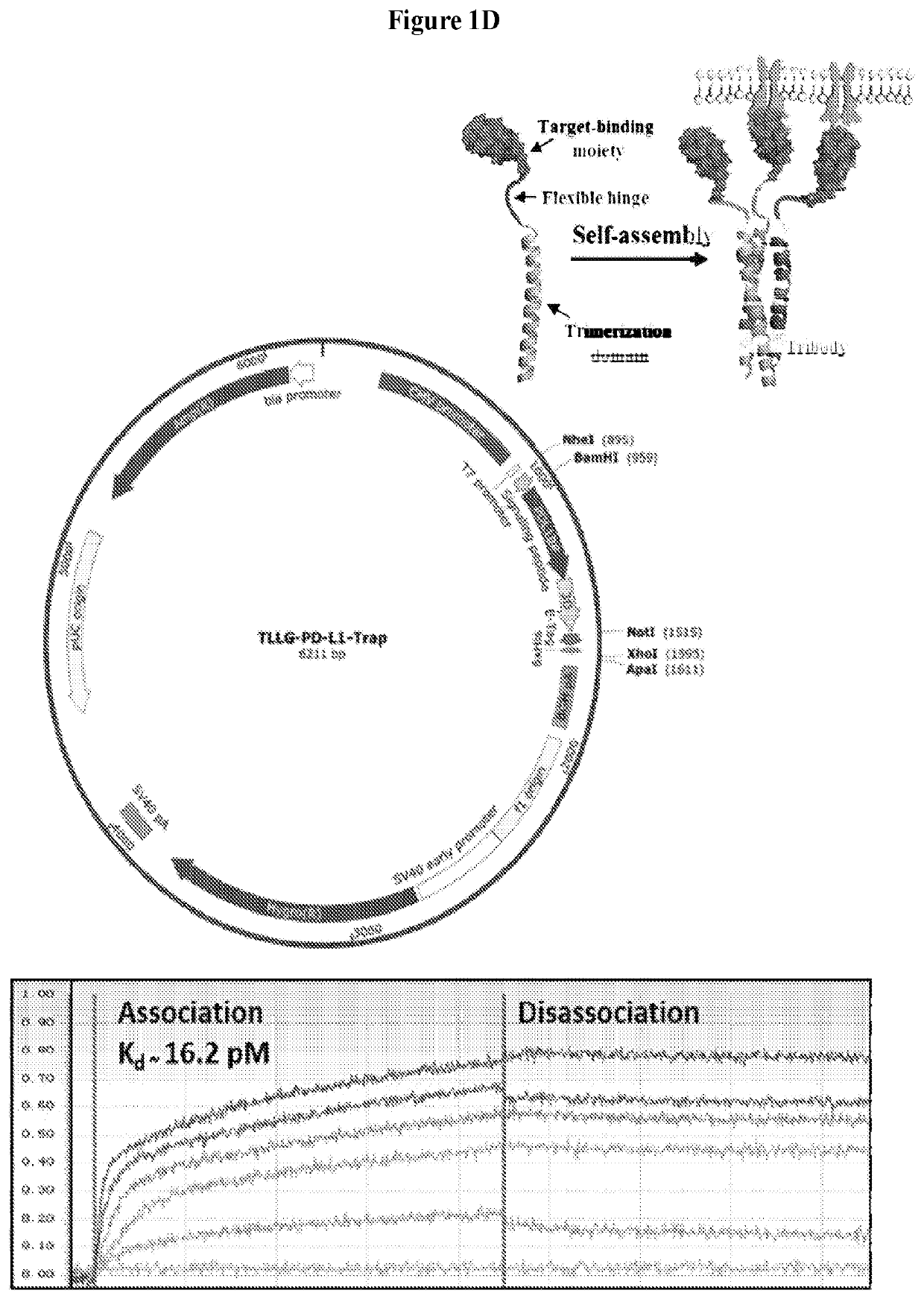Methods and Compositions for Reducing Metastases
a technology of metastases and compositions, applied in the direction of drug compositions, peptide sources, peptides, etc., can solve the problems of cancer metastasis, low survival rate, undesirable side effects, etc., and achieve the effect of reducing cancer metastasis and reducing cancer metastasis
- Summary
- Abstract
- Description
- Claims
- Application Information
AI Technical Summary
Benefits of technology
Problems solved by technology
Method used
Image
Examples
example 1
Formulation of Galactose-LCP pDNA / Mc-CR8C Nanoparticles
[0260]Hu et al. first reported the formulation and delivery of the Galactose-LCP with pDNA / mc-CR8C cargo to the liver (hepatocytes) of mice (Hu, Y., et al., A Highly Efficient Synthetic Vector: Nonhydrodynamic Delivery of DNA to Hepatocyte Nuclei in Vivo. ACS Nano, 2013. 7(6): p. 5376-5384). As reported a reverse micro-emulsion was used to prepare, 1,2-dioleoyl-sn-glycero-3-phosphate (DOPA)-coated Calcium Phosphate (CaP) nanoparticles (LCP “amorphous cores”). These cores can encapsulate both DNA (60% efficiency) and the cationic peptides, yielding a core size ranging from 15 to 25 nm in diameter. The hollow core structure can be visualized under Transmission Electron Microscopy (TEM) (FIG. 3A / B). Subsequently, the DOPA monolayer surrounding the CaP core allows for the addition of the cationic outer leaflet lipids (1,2-dioleoyl-3-trimethylammonium-propane (DOTAP), helper lipid cholesterol, and 1,2-distearoyl-sn-glycero-3-phosphat...
example 2
Determination of LCP Nanoparticle Size
[0261]The hydrodynamic diameter and the surface charge of the LCP particle were found via dynamic light scattering to be approximately 45 nm and 10 mV (FIG. 3C). Dynamic light scattering indicated that LCP was narrowly dispersed around 45 nm in diameter, with a positive zeta potential (around +10 mV) due to cationic charge of DOTAP along with the cation shielding ability of DSPE-PEG2000. The LCP and liposome mixture result in a z-average of 236±32 nm; n=6. The solution was found to be stable in 10% fetal bovine serum for at least 24 hours at 37° C. in which no significant increase in the z-average was observed. (FIG. 3D).
example 3
pDNA Encapsulation Efficiency in LCP Cores
[0262]Determination of the pDNA loading of Galactose-LCP pDNA / mc-CR8C was accomplished through lysing the cores in an acetic acid buffer environment (pH=4). The DNA was dissociated from the peptide through addition of a protease K solution. The addition of Hoechst stain allowed for quantitative fluorescent reading to determine DNA encapsulation efficiency. The DNA encapsulation efficiency was found to the approximately 50-60%, which corresponds closely to Hu et al. formulation (Hu, Y., et al., A Highly Efficient Synthetic Vector: Nonhydrodynamic Delivery of DNA to Hepatocyte Nuclei in Vivo. ACS Nano, 2013. 7(6): p. 5376-5384).
PUM
| Property | Measurement | Unit |
|---|---|---|
| Fraction | aaaaa | aaaaa |
| Fraction | aaaaa | aaaaa |
| Flexibility | aaaaa | aaaaa |
Abstract
Description
Claims
Application Information
 Login to View More
Login to View More - R&D
- Intellectual Property
- Life Sciences
- Materials
- Tech Scout
- Unparalleled Data Quality
- Higher Quality Content
- 60% Fewer Hallucinations
Browse by: Latest US Patents, China's latest patents, Technical Efficacy Thesaurus, Application Domain, Technology Topic, Popular Technical Reports.
© 2025 PatSnap. All rights reserved.Legal|Privacy policy|Modern Slavery Act Transparency Statement|Sitemap|About US| Contact US: help@patsnap.com



